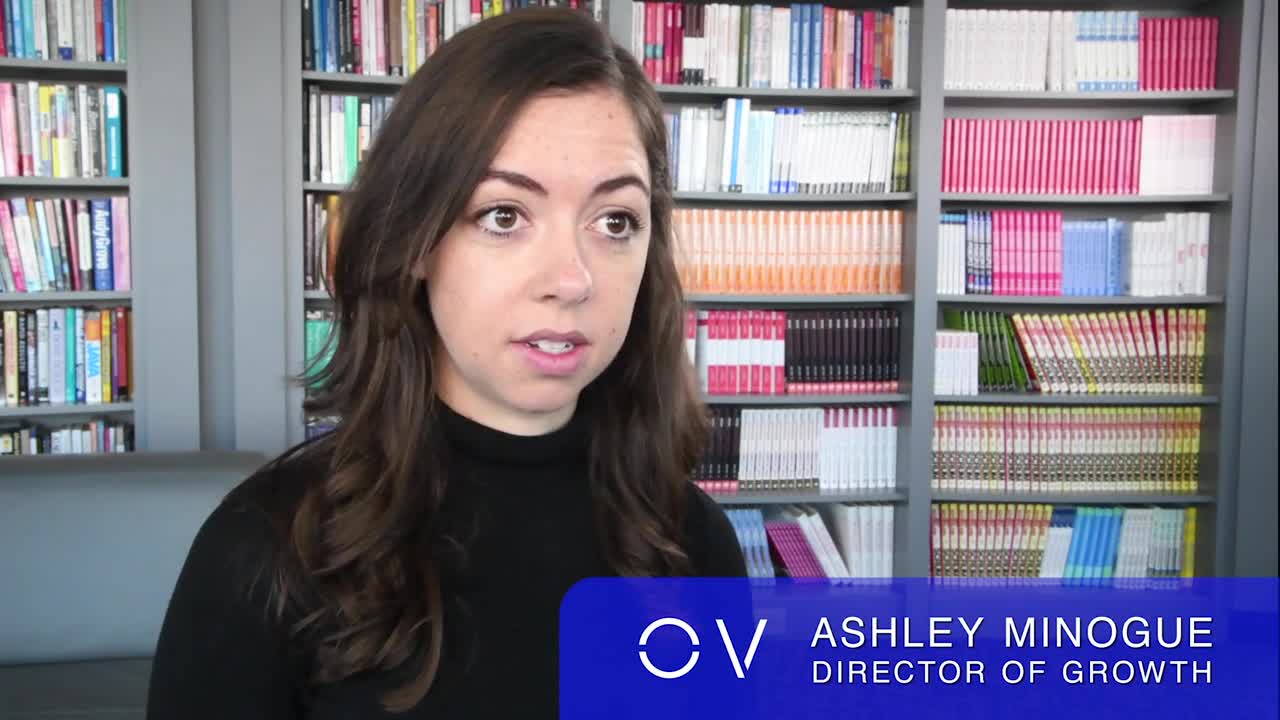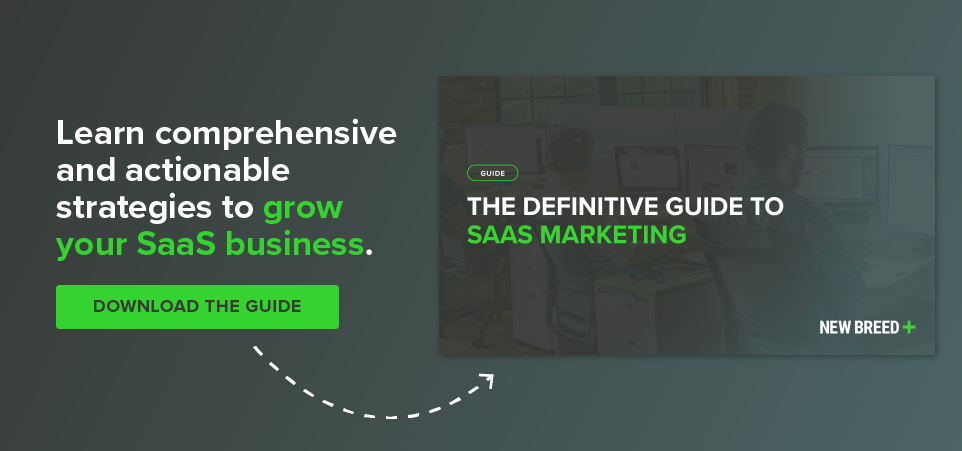How to Leverage A Freemium Model to Grow Your SaaS Business
Freemium. Many companies shy away from it — thinking, surely offering my product for free is the best way to send revenue down the drain, right? — but the freemium model has proven to be an incredibly powerful channel for growth in the SaaS industry. Don't trust me? Watch the video to find out what Ashley (Minogue) Murphy from OpenView, an expansion stage venture capital firm, has to say.

Companies like Slack, HubSpot, Wistia and Drift have all implemented a freemium model to great success, so don't be squeamish about offering a version of your product for free. The freemium model is a little difficult to put into place, but ultimately, it works because you have a great product that the right customers will inevitably want more of.
Because it allows customers to extract value from your product as quickly and easily as possible, freemium is an integral part of product-led growth. Once you have those free customers in the door, you complete the flywheel by continuing to supply them with marketing materials encouraging them to purchase the paid version. In essence, you treat your free users like customers and the paid upgrade as an upsell, not an initial sale.
Of course, you shouldn't go into freemium blind. To ensure a profitable model for your business, there are a few things you need to keep in mind.
How to Leverage A Freemium Model to Grow Your SaaS Business
1. Define the core value of your product.
A common concern companies have about freemium is: What if all my users stay on the free plan forever? What if they're never compelled to buy the full product?
Every company that has successfully — and profitably — implemented the freemium model has one thing in common: They're able to clearly identify and control the core value that their product provides.
For example, Wistia's core value lies in the number of videos you can host on their platform. The free version allows users to host three to five videos, and although other features come with that, the main feature provided in paid upgrades is additional videos.
For HubSpot, the core feature differentiating free and paid versions is the number of contacts users can contain in their databases. This way, users who love HubSpot and want to continue adding contacts will eventually need to pay for an upgrade.
The key to encouraging free users to upgrade to a paid plan is limiting that core value feature on the free version. Your pricing strategy for each version should be based on that core value, so when users reach the limitations of the free plan, upgrading is a no-brainer.
2. Be able to identify product-qualified leads.
Lifecycle stages are just as important in a freemium model as they are in a traditional business model. In product-led growth, product-qualified leads (PQLs) are essentially the mirrored version of marketing- and sales-qualified leads: they've demonstrated enough interest and buying intent that they're ready to be contacted by sales.
The way that you define and identify PQLs will vary slightly based on your personas, company and product, but the main criteria in a freemium model is usage level. A user becomes a PQL for a paid upgrade when they've been using the free version so much that they're on the threshold of needing to make additional purchases.
In other words, they're approaching a stage where they can no longer extract additional value from the free version of your product. In order to continue extracting value, they'll either have to pay for the upgrade or scale back their usage levels. That's the point when your sales team will want to reach out to that person — or not!
One of the unique benefits of the freemium model is that often, users will upsell themselves. Because this happens naturally, many companies have been able to reduce the amount of sales calories they're allocating to PQLs and re-focus their sales team to chase after bigger, more challenging deals.
Of course, you want to be sure to notify PQLs when they're approaching the limits of their free plan, but in many cases, you won't need to invest too heavily in marketing to them. Don't interrupt their buying process; if they're enjoying your product and have come to rely on it for its core value, they'll likely reach out to you on their own.
3. Understand that not every free user will ultimately become a paying customer.
... and that's a good thing! The goal of a freemium business model is not to convert every single free user into a paid customer. It goes without saying that any free product will attract many carefree, less-than-ideal customers who purchase the product just because it's free — but those aren't the people you want to market to.
On average, about 5 percent of freemium users will become paid customers. On the surface, 5 percent might not sound great, but the average lead-to-customer conversion rate in the traditional, non-freemium model is only around 0.5-1.5 percent (SiriusDecision), so freemium conversion rates are still much higher.
Why? Because in the freemium model, you're eliminating many of the transitional stages that guide a lead into becoming a paying customer. Giving prospects the ability to tinker with your software and experience its value first-hand — before ever making a purchase — is extremely powerful. For the users who do eventually convert into paying customers, freemium enables a frictionless funnel with fewer sales and marketing touchpoints required.
Yes, not every free user will become a paid customer. Before you implement a freemium model, you should think about whether or not you're comfortable operating under that reality. Just remember that, if you approach it correctly, the potential gains are much higher than those from the typical model. (And if you master the freemium approach, those gains skyrocket; take Slack, for example, whose freemium conversion rates are 30 percent, or Spotify, whose freemium conversion rates are about 27 percent.)
Freemium: A Unique and Powerful Business Model
You know you have a great product, right? You believe in that product. You love that product.
Now, have you ever heard the phrase, "if you love something, let it go?"
Sometimes the best, most viable business option is not to safeguard your product until someone offers to pay for it. Instead, for many SaaS companies in particular, offering a free version of your product can be an extremely powerful and profitable move for your business — but only if you approach it with care, caution and creativity.
Guido Bartolacci
Guido is Head of Product and Growth Strategy for New Breed. He specializes in running in-depth demand generation programs internally while assisting account managers in running them for our clients.





